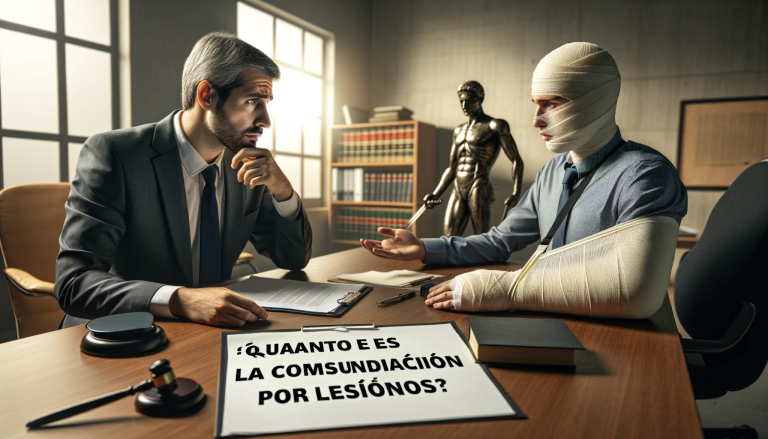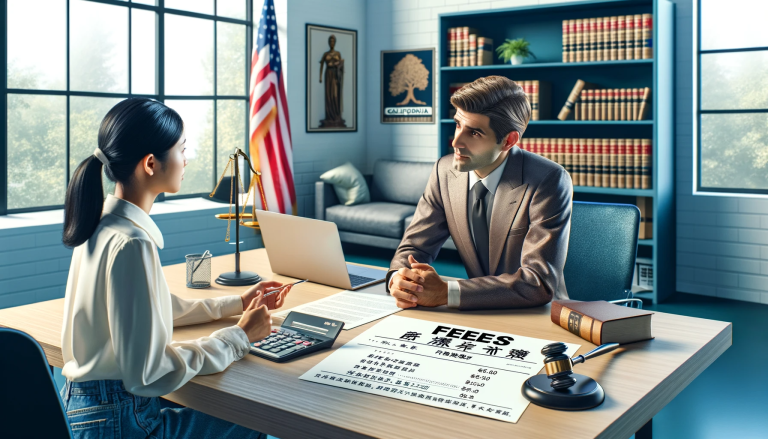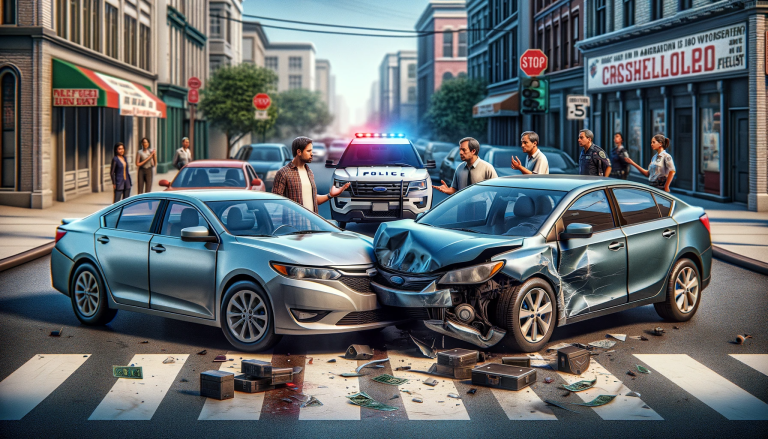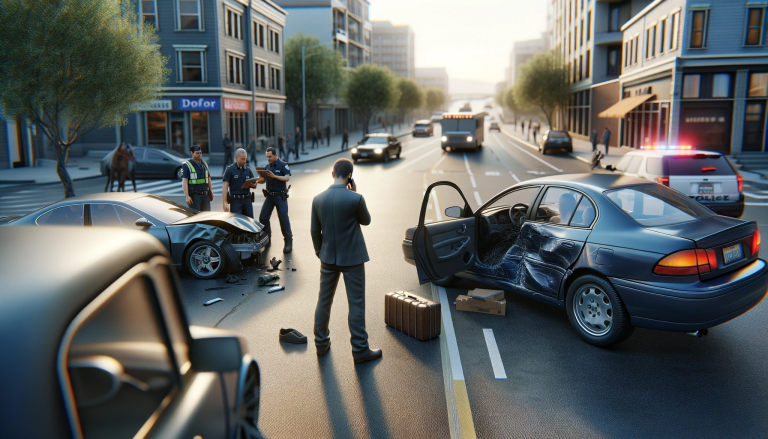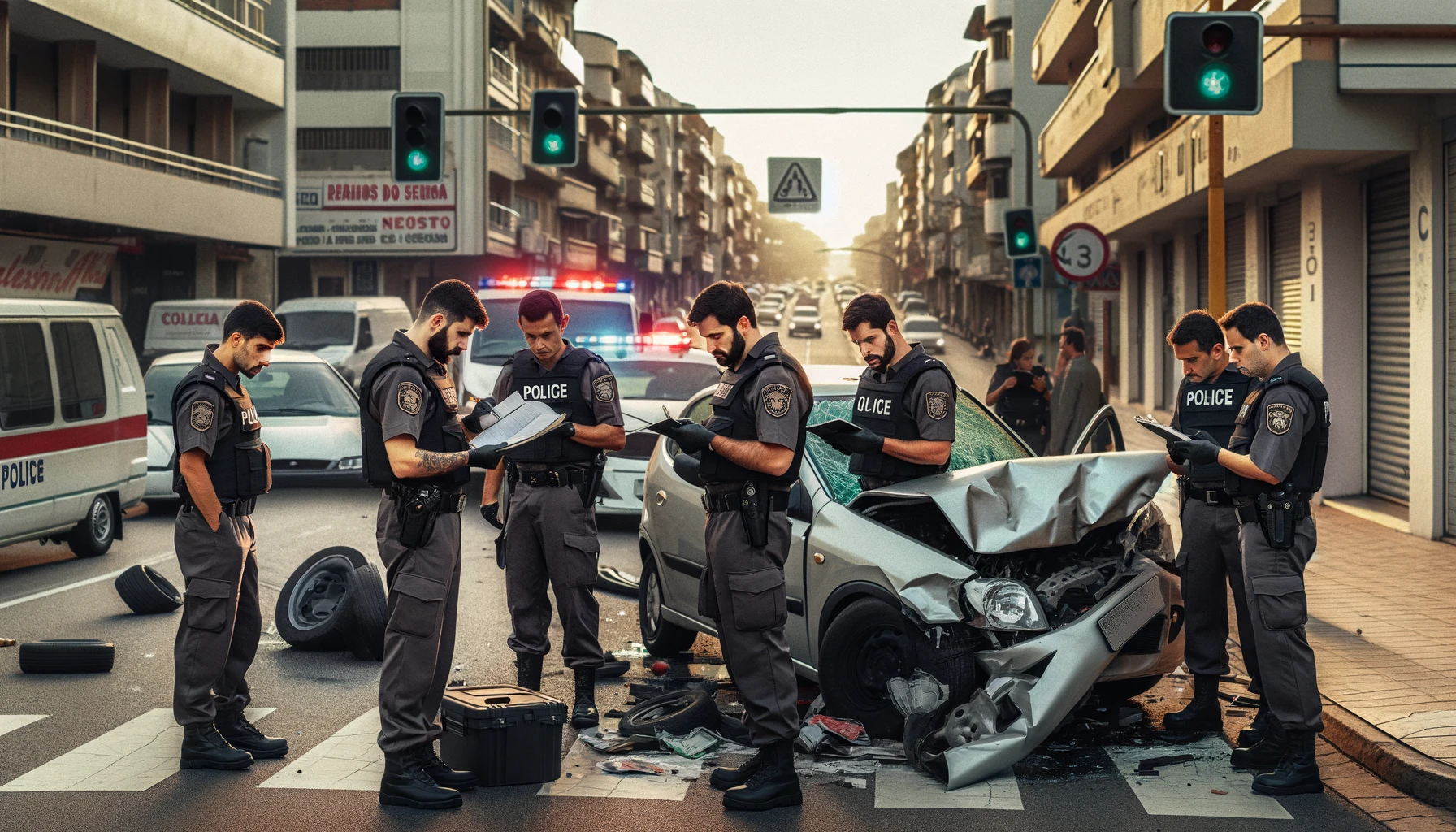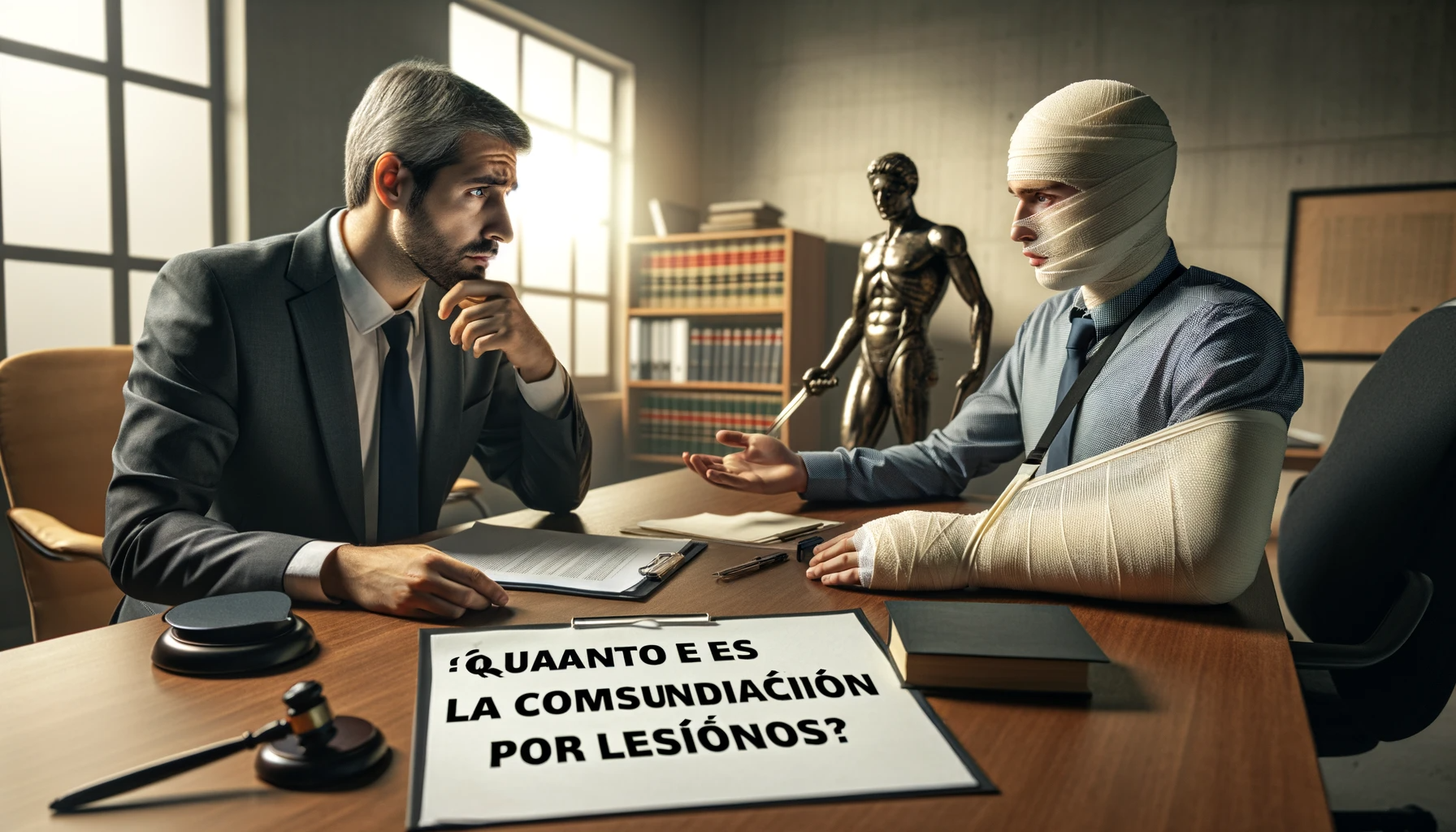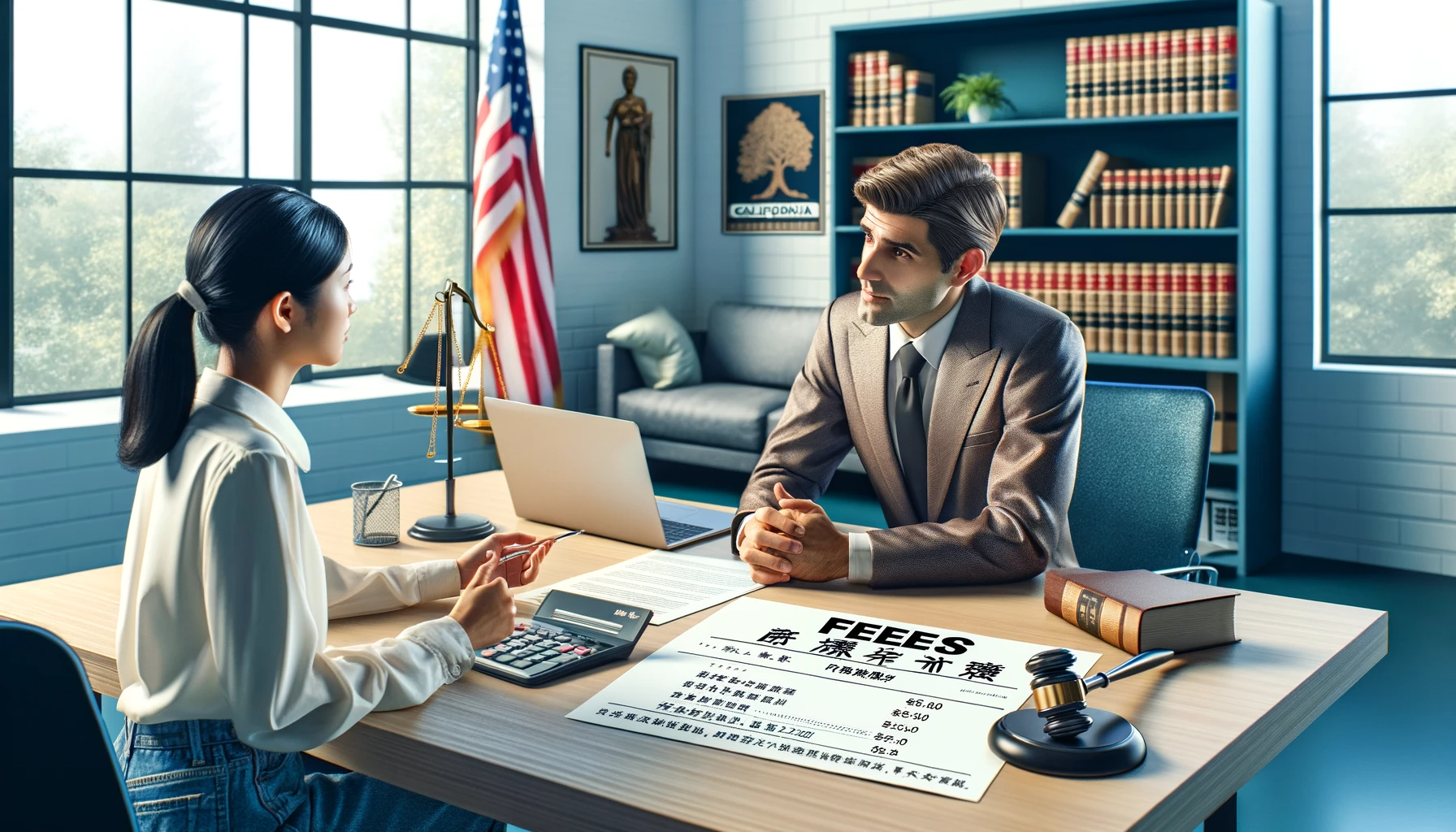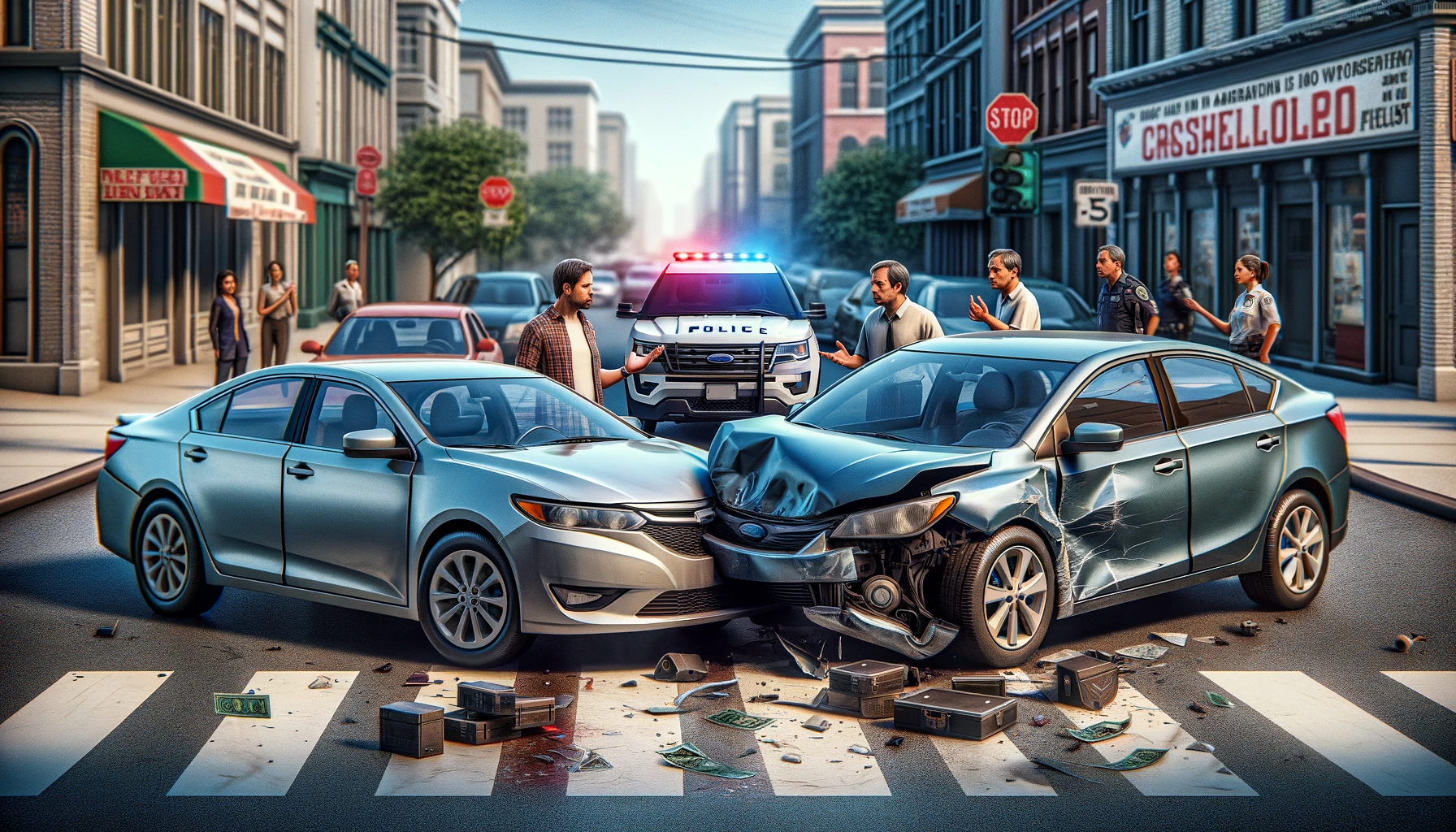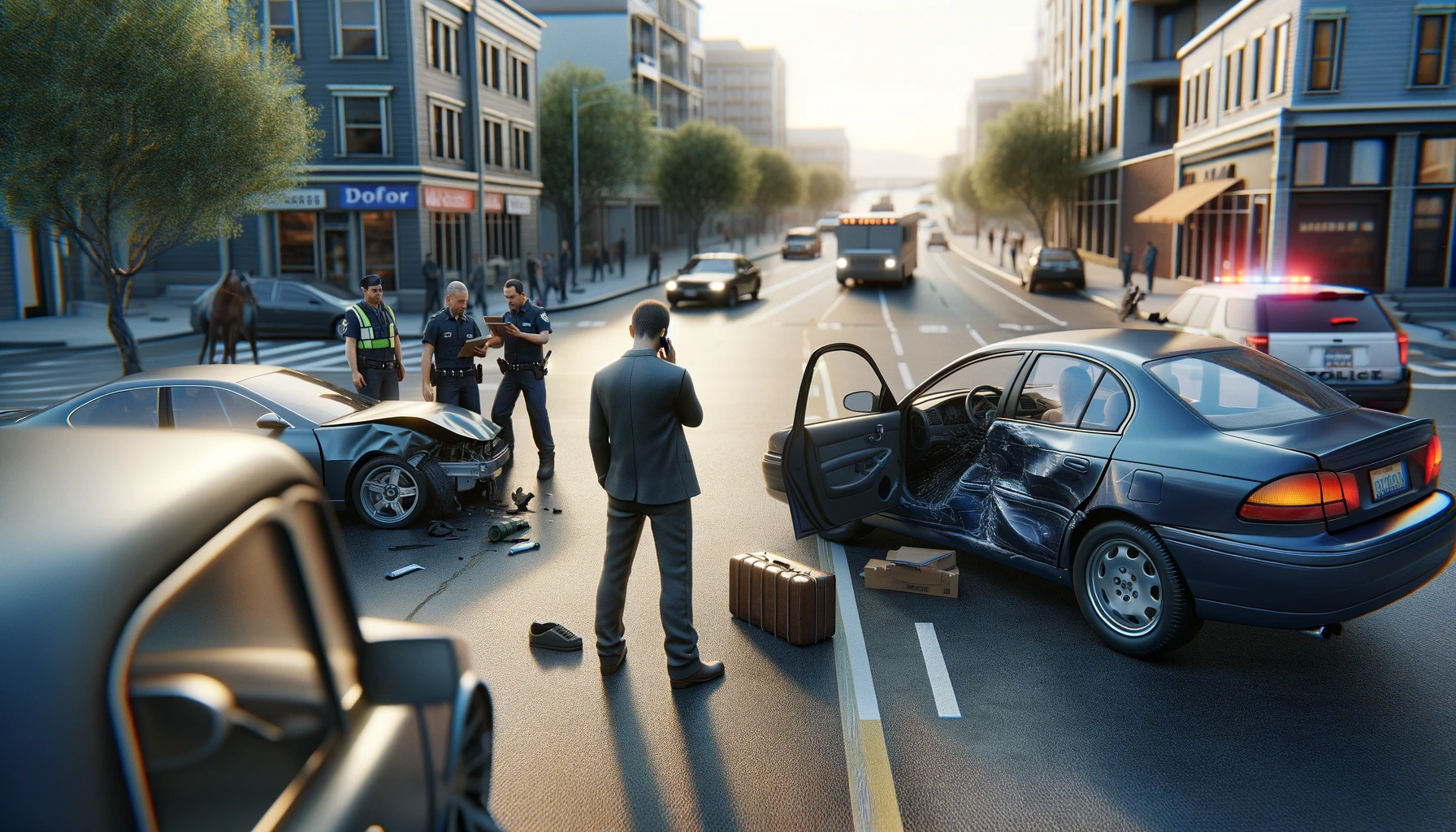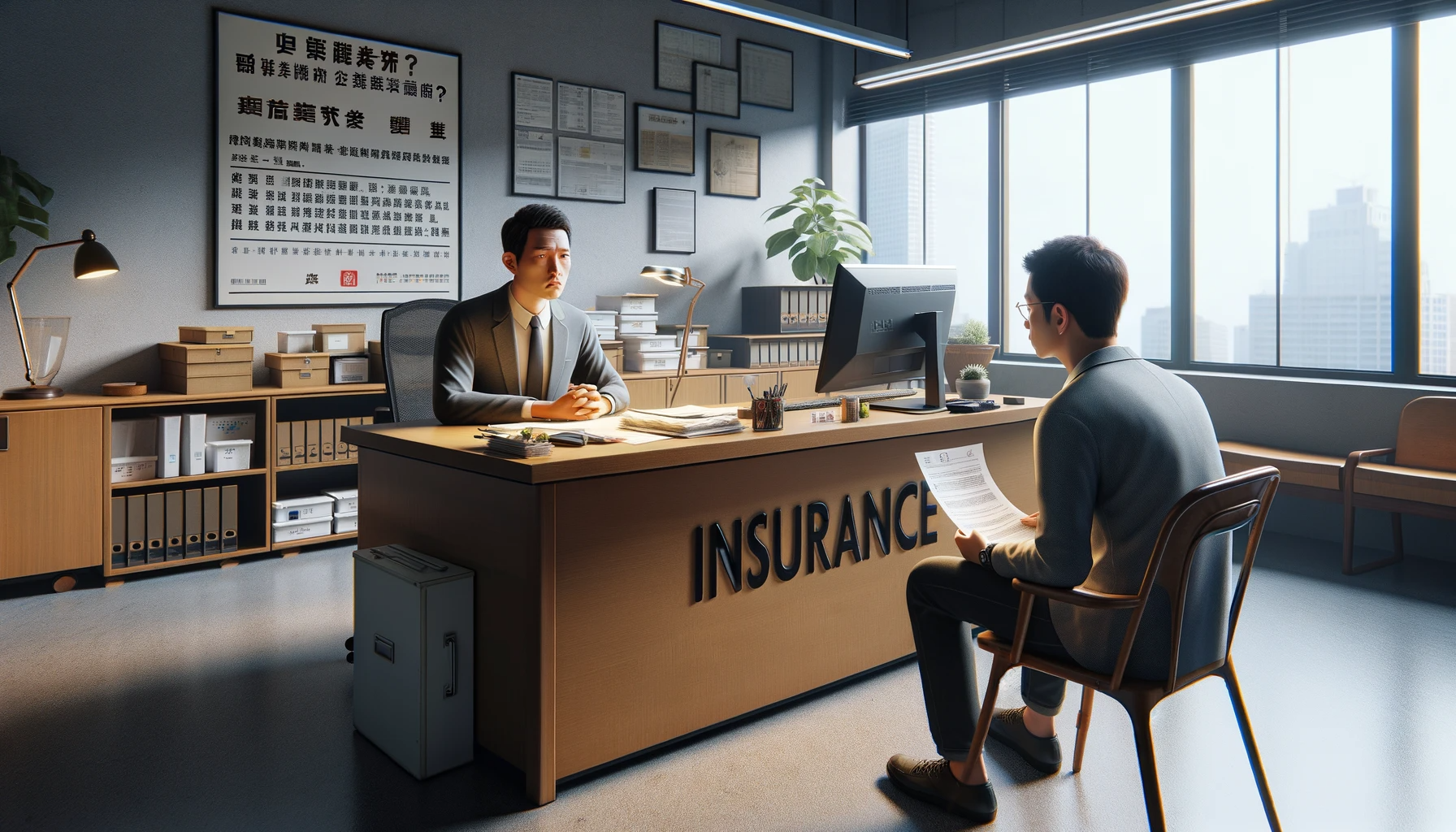Legal Resources for Auto and Electric Scooter Accidents Involving Cars and Electric Motorcycles: Navigating the Road to Justice
As cities embrace eco-friendly and convenient micro-mobility solutions, electric scooters and motorcycles are becoming a common sight on urban streets. However, this rise in popularity also brings an increase in accidents involving these smaller vehicles and traditional cars. The lack of protection for riders, combined with the challenges of navigating traffic, makes accidents not only more likely but potentially more dangerous. If you’ve been involved in an accident involving an electric scooter, motorcycle, or car, navigating the legal aftermath can be overwhelming. This guide will walk you through each step of the process, from understanding liability to knowing what compensation you may be entitled to.
The Growing Popularity of Electric Scooters and Motorcycles
As urban centers become more congested with traffic, many people are turning to electric scooters and motorcycles as efficient, eco-friendly alternatives to cars. These micro-mobility options are transforming how people navigate cities, but their growing popularity also brings new legal and safety challenges.
Rise of Micro-Mobility Solutions
Electric scooters and motorcycles have emerged as practical solutions for short-distance travel, especially in densely populated urban areas where traffic congestion and limited parking spaces make cars less practical. These small, lightweight vehicles are not only cost-effective but also environmentally friendly, which adds to their appeal. Many cities have embraced electric scooter rental programs, and private ownership is also on the rise. However, the surge in usage has led to an increase in accidents as more people share the road.
Urban Demand for Electric Scooters
The demand for electric scooters has skyrocketed in cities worldwide, with many commuters using them for short trips, errands, or to bridge the gap between public transportation stops. Scooters are particularly popular with younger, tech-savvy individuals who value their convenience and low cost. Yet, as their use becomes more widespread, so too do the number of accidents involving these compact vehicles. Because electric scooters are smaller, less visible, and provide little physical protection, riders are especially vulnerable in collisions with cars or trucks.
Electric Motorcycles as an Eco-Friendly Alternative
Electric motorcycles are gaining popularity as a greener alternative to traditional gasoline-powered motorcycles. They offer the speed and flexibility of a motorcycle while reducing emissions and operating costs. As more people seek eco-friendly transportation options, electric motorcycles are becoming a common choice for both commuting and recreational riding. Despite these benefits, electric motorcycles face many of the same safety risks as scooters, including accidents with larger vehicles and the inherent vulnerability of their riders in the event of a collision.
Common Causes of Accidents Involving Cars and Electric Scooters
Accidents between cars and electric scooters (or motorcycles) can happen for a variety of reasons. While some of these factors can be mitigated through improved road infrastructure or rider awareness, others remain out of the control of riders. Understanding the most common causes of these accidents can help you better navigate the legal process if you’re involved in one.
Distracted Driving and Its Effects
Distracted driving is one of the leading causes of accidents involving electric scooters. Car drivers may be distracted by their phones, GPS systems, or even conversations with passengers, leading them to miss seeing a scooter rider in their path. The small size and speed of electric scooters can make them harder to spot, especially if drivers are not paying full attention to the road. In cases where distracted driving plays a role in an accident, the car driver may be held liable for damages.
Poor Road Conditions and Their Contribution to Accidents
Electric scooters and motorcycles are particularly vulnerable to poor road conditions. Potholes, cracks in the pavement, debris, and uneven surfaces can cause riders to lose control and crash. These conditions are far more dangerous for scooters and motorcycles than for cars, as their smaller wheels and lighter frames offer less stability. When accidents are caused by poor road maintenance, the government or municipality responsible for maintaining the road may be held liable, adding an extra layer of complexity to the legal proceedings.
Visibility Issues with Electric Scooters
Visibility is another significant factor in accidents involving electric scooters. Because scooters are smaller and often lower to the ground than cars, drivers may not notice them, especially at night or in low-visibility weather conditions like rain or fog. This can result in accidents where the scooter rider is hit by a car that failed to yield or check blind spots. Riders can mitigate this risk by wearing bright or reflective clothing and using lights, but the responsibility ultimately falls on car drivers to remain vigilant and share the road safely.
Legal Framework for Scooter and Electric Motorcycle Accidents
Accidents involving electric scooters and motorcycles often fall into a gray area in terms of traffic laws, as these vehicles don’t always fit neatly into existing categories. Understanding the legal framework surrounding these accidents is essential for anyone involved in one, as the way liability is determined and what compensation can be sought may differ significantly from typical auto accident cases.
Traffic Laws Regulating Electric Scooters and Motorcycles
Traffic laws governing electric scooters and motorcycles vary widely by jurisdiction. In many areas, electric scooters are classified similarly to bicycles, meaning they are subject to bicycle laws. This can dictate where scooters can be ridden—whether on sidewalks, bike lanes, or roads—and the behavior required of riders, such as yielding to pedestrians and obeying traffic signals.
Electric motorcycles, on the other hand, are usually subject to the same laws as traditional motorcycles. This means they must follow standard traffic regulations, including wearing helmets (in many states), having the appropriate license, and ensuring that their vehicles meet safety standards.
It’s important to be familiar with the specific laws in your area, as they will affect the legal handling of your accident. For example, if a scooter rider is hit by a car while riding on the sidewalk in an area where that’s illegal, the rider could be held partially or fully liable for the accident.
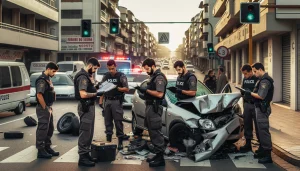
How Liability is Determined in These Accidents
Liability in accidents involving electric scooters or motorcycles often depends on a combination of factors. To determine fault, investigators will consider:
- Was the car driver distracted or violating traffic laws?
- Was the scooter rider operating their vehicle in compliance with local regulations?
- Were poor road conditions a contributing factor?
- Were both parties behaving reasonably and safely?
In cases where the car driver fails to yield or check their blind spot, they are likely to be held liable for the accident. However, if the scooter rider was riding recklessly—such as weaving through traffic, speeding, or riding in an area where scooters aren’t allowed—they could share liability or be held fully responsible.
Many jurisdictions follow the principle of
comparative negligence, meaning both parties can share fault. For instance, if a scooter rider was speeding but the car driver failed to yield, both may be assigned a percentage of fault, and any compensation awarded will be reduced accordingly.
Seeking Compensation After a Scooter or Motorcycle Accident
If you’ve been involved in an accident while riding an electric scooter or motorcycle, you have the right to seek compensation for any damages or
injuries sustained. The process can be complex, especially given the nuances of traffic laws and liability in these types of accidents.
Types of Compensation Available
Compensation for scooter and
motorcycle accidents can cover a wide range of damages, including:
- Medical Expenses: This includes emergency room visits, surgeries, rehabilitation, physical therapy, and any future medical care you may require due to the accident.
- Property Damage: If your scooter or motorcycle was damaged in the accident, you can seek compensation for repairs or replacement.
- Lost Wages: If your injuries prevent you from working, you may be entitled to compensation for both past and future lost income.
- Pain and Suffering: Compensation for the emotional and psychological impact of the accident, including trauma, anxiety, and any long-term pain or suffering resulting from the injuries.
Given the potentially severe nature of
injuries in scooter and
motorcycle accidents, damages can be substantial. It’s important to work with a lawyer who has experience with these types of cases to ensure you receive the full compensation you deserve.
Working with a Lawyer
Navigating the legal system after a scooter or
motorcycle accident can be daunting, especially when dealing with insurance companies and determining fault. Hiring an attorney who specializes in
personal injury and traffic accidents involving micro-mobility vehicles can significantly increase your chances of a successful outcome. A lawyer will:
- Investigate the accident, including reviewing police reports, gathering witness statements, and consulting with experts if necessary.
- Handle negotiations with insurance companies, which often try to minimize the amount of compensation they pay.
- Ensure that all legal deadlines are met, including the statute of limitations for filing a claim.
- Represent you in court if a fair settlement cannot be reached through negotiations.
Auto Drivers’ Responsibility Towards Micro-Mobility Users
Drivers of cars and trucks share the road with electric scooter and motorcycle users and are legally obligated to exercise caution when doing so. This responsibility includes:
- Maintaining a Safe Distance: Drivers should give scooter and motorcycle riders ample space when following behind or passing.
- Checking Blind Spots: Due to the small size of scooters and motorcycles, drivers must be vigilant about checking blind spots before changing lanes or turning.
- Avoiding Distracted Driving: Texting, using GPS, or other distractions can cause drivers to miss seeing smaller vehicles like scooters and motorcycles, leading to accidents.
- Yielding the Right of Way: Scooter and motorcycle riders have the same rights as other vehicles on the road, and drivers must yield the right of way as they would for any other vehicle.
When a driver fails to follow these responsibilities and causes an accident, they can be held legally accountable for any
injuries or damages that result.
Differences Between Traditional Auto Accidents and Electric Scooter Cases
While both traditional auto accidents and those involving electric scooters share some similarities, there are distinct differences that set them apart. The laws governing electric scooters are still evolving, making these cases more complex to navigate than traditional
car accidents. Due to the unique challenges presented by electric scooters—such as their small size, limited visibility, and the fact that they are often used in urban environments—accidents involving these vehicles require specialized legal knowledge and a deep understanding of micro-mobility regulations.
Evolving Legal Landscape
One of the biggest differences between traditional auto accidents and electric scooter cases is that the laws surrounding scooters are relatively new and still in flux. Unlike automobiles, which have long been regulated by well-established traffic laws, electric scooters fall into a newer category of transportation that many jurisdictions are still working to define. Some areas treat scooters similarly to bicycles, while others classify them as motor vehicles, each with different rules regarding where they can be ridden and how they should interact with traffic. As a result, legal professionals handling scooter cases need to stay up to date with changing laws to effectively represent their clients.
What to Do After an Accident
Whether you’re involved in a traditional
car accident or a collision with an electric scooter, knowing what steps to take immediately afterward can protect your health and strengthen your legal case. The moments following the accident are crucial, and taking the right actions can make a significant difference when it comes to proving liability and securing compensation.
Immediate Steps to Take at the Scene
After any accident, your first priority should always be your safety and well-being. Once you’ve ensured that you’re safe and that emergency services have been contacted if necessary, the next critical step is to document the scene. Gather as much evidence as possible while everything is fresh. This includes taking
photos and videos of the accident scene, vehicle damage, and any visible
injuries. If possible, capture multiple angles and document the position of both vehicles or scooters, any road hazards, traffic signs, and weather conditions.
Gathering Evidence (Photos, Videos, and Witnesses)
Clear and detailed evidence is often the deciding factor in determining fault in accidents, especially in scooter-related cases where liability may be more ambiguous. Photos and videos of the scene can be used to demonstrate the positioning of vehicles, road conditions, and potential negligence on the part of either party.
Witness statements are also invaluable. Collect contact information from anyone who saw the accident happen and ask them to provide their account of what occurred. Witnesses can corroborate your version of events, strengthening your case if the other party disputes the facts.
Seeking Medical Attention and Documenting Injuries
Even if you feel fine after an accident, it is crucial to seek
medical attention as soon as possible. Some
injuries, such as
soft tissue injuries, concussions, or
internal injuries, may not present symptoms immediately but can become serious if left untreated. A thorough medical evaluation will not only ensure your well-being but also provide critical documentation for your legal claim. Keep all medical records, bills, and reports as evidence to support your case when seeking compensation for
injuries.
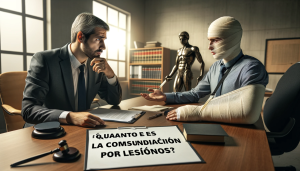
Filing a Police Report
A
police report creates an official record of the accident and is often a key piece of evidence when dealing with insurance companies and potential lawsuits. Be sure to file a report immediately after the accident, providing as many details as possible to the responding officers. The police report will outline important facts about the accident, such as where and when it occurred, the parties involved, and any visible damages or
injuries. This document will be essential for proving liability and supporting your claim.
Understanding Liability in Auto vs. Scooter Accidents
Determining
liability in accidents involving cars and electric scooters can be more complicated than traditional
car accidents. This is because the unique nature of electric scooters—such as their smaller size, lower visibility, and varying traffic laws—can make it challenging to assess fault. Each party’s actions will be scrutinized to determine who was negligent and to what extent.
Determining Fault in Car-Scooter Accidents
In many cases, liability in
car-scooter accidents hinges on whether the car driver failed to notice the scooter rider or misjudged their speed. For instance, a car driver might make a turn without checking their blind spot, hitting a scooter rider who had the right of way. Alternatively, a scooter rider might be riding in a restricted area or engaging in reckless behavior, such as weaving between lanes. In such scenarios, fault will be determined based on each party’s actions and whether they were complying with traffic laws.
Shared Responsibility: When Both Parties Are at Fault
In some accidents, both the car driver and the scooter rider may share responsibility. For example, if a car driver was speeding but the scooter rider failed to yield at an intersection, both parties could be held partially at fault. Many jurisdictions follow the principle of
comparative negligence, which means that each party’s level of fault will be assessed, and the total compensation awarded may be reduced based on the degree of fault. For instance, if you’re found to be 20% at fault, your compensation may be reduced by 20%.
How Insurance Companies Handle These Cases
Insurance companies are known for attempting to minimize payouts in accident claims, and this is especially true in accidents involving electric scooters. They may argue that the scooter rider was acting recklessly or that the accident was unavoidable due to poor visibility. In scooter-related cases, it’s common for insurance adjusters to challenge the scooter rider’s actions, such as whether they were wearing a helmet, riding in a designated area, or complying with traffic laws. Having an experienced lawyer on your side can help counter these arguments and ensure that you receive the compensation you deserve.
Compensation and Damages
If you’ve been involved in an accident involving a car and an electric scooter, you may be entitled to various types of
compensation depending on the severity of the accident and the extent of your
injuries. Understanding what compensation is available can help you make informed decisions about your legal options.
Types of Compensation You Can Claim
Accident victims can seek compensation for a range of damages, including:
- Medical Expenses: This includes immediate costs like emergency room visits, surgeries, and physical therapy, as well as ongoing medical treatment for long-term injuries.
- Lost Wages: If you’re unable to work due to your injuries, you may be entitled to compensation for both past and future lost wages.
- Property Damage: Compensation can cover the costs of repairing or replacing your scooter or any other property damaged in the accident.
- Pain and Suffering: This compensation accounts for the physical pain and emotional distress caused by the accident, including any long-term psychological impact.
Medical Expenses, Lost Wages, and Property Damage
Medical bills can pile up quickly after an accident, especially if your
injuries require extended care or rehabilitation. Additionally, if your
injuries prevent you from working, you may face financial strain due to
lost wages. Compensation can help cover these lost earnings, ensuring you can focus on recovery without the added stress of lost income.
Property damage is another important factor, as many electric scooters can be expensive to repair or replace.
Pain and Suffering Claims
Beyond physical
injuries, accident victims may suffer from emotional distress or psychological trauma, which can impact their quality of life.
Pain and suffering claims provide compensation for the mental anguish, anxiety, or depression caused by the accident. These claims can significantly increase the overall compensation awarded, especially if the victim experiences long-term emotional distress or post-traumatic stress disorder (PTSD) as a result of the accident.
Punitive Damages in Cases of Negligence
In some cases, courts may award
punitive damages in addition to compensatory damages. Punitive damages are intended to further penalize the at-fault party, particularly in cases where the driver acted with gross negligence or recklessness. For instance, if the car driver was under the influence of alcohol or engaged in dangerous behavior such as speeding excessively, punitive damages may be awarded to deter similar behavior in the future.
Conclusion
Navigating the aftermath of an accident involving an auto and electric scooter can be challenging, particularly due to the evolving laws and complexities surrounding liability. Understanding your rights and the compensation you’re entitled to is essential for securing the justice you deserve. Whether you’re facing
medical bills,
lost wages, or
emotional distress, consulting with an experienced attorney who specializes in these types of accidents can help guide you through the legal process and ensure that you receive the compensation you need to recover. With the right legal resources and knowledge, you can protect your future and hold the responsible parties accountable for their actions.
Look for an attorney who has the right legal resources for your legal needs.
Contact us here on the
Warmuth Law website or through our hotline 888-517-9888.
Frequently Asked Questions (FAQ's)
1. What should I do immediately after an accident involving a car and an electric scooter?
Immediately seek medical attention, document the scene with photos and videos, and file a police report.
2. Can I still get compensation if I’m partially at fault?
Yes, in many cases, you can still receive compensation, but the amount may be reduced depending on your degree of fault.
3. How long do I have to file a claim?
The statute of limitations varies by jurisdiction, but generally, you have between one and three years to file a claim.
4. Do I need a lawyer to handle my accident case?
While not required, hiring a lawyer can significantly improve your chances of receiving fair compensation, especially if the case is complex.
5. What should I do if the other driver doesn’t have insurance?
If the at-fault driver doesn’t have insurance, you may need to file a claim with your own insurance under uninsured motorist coverage.



